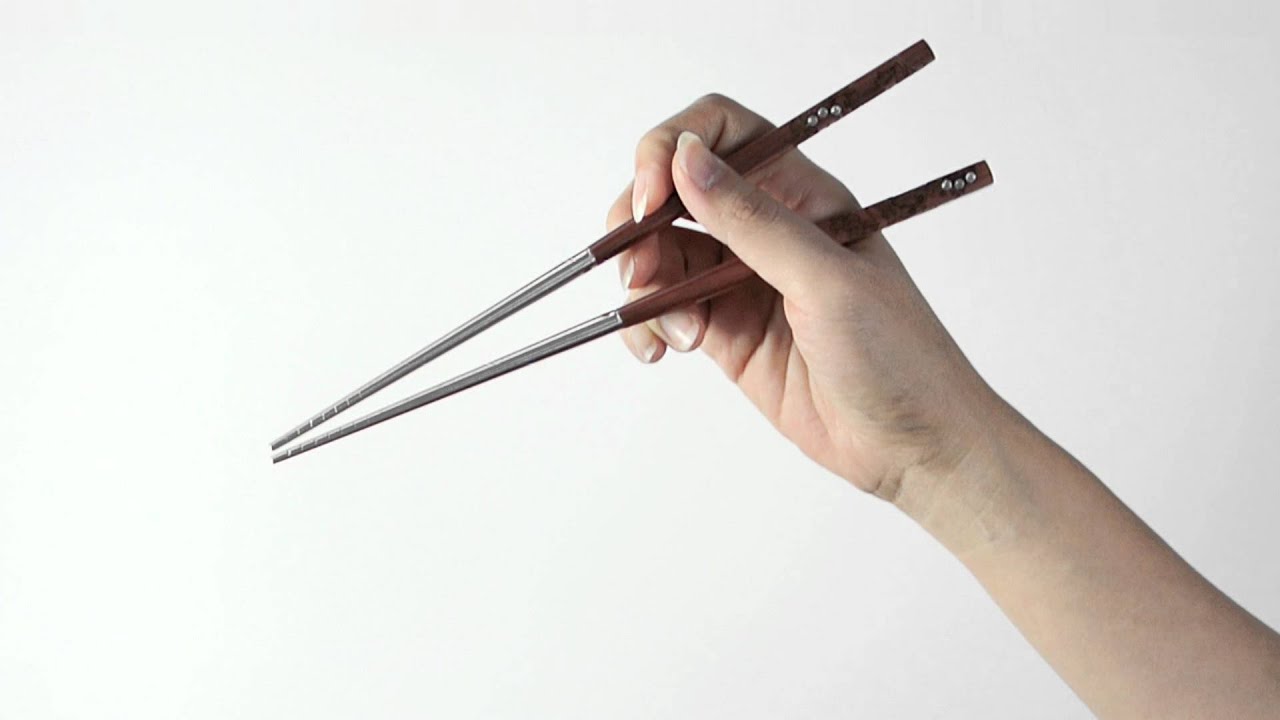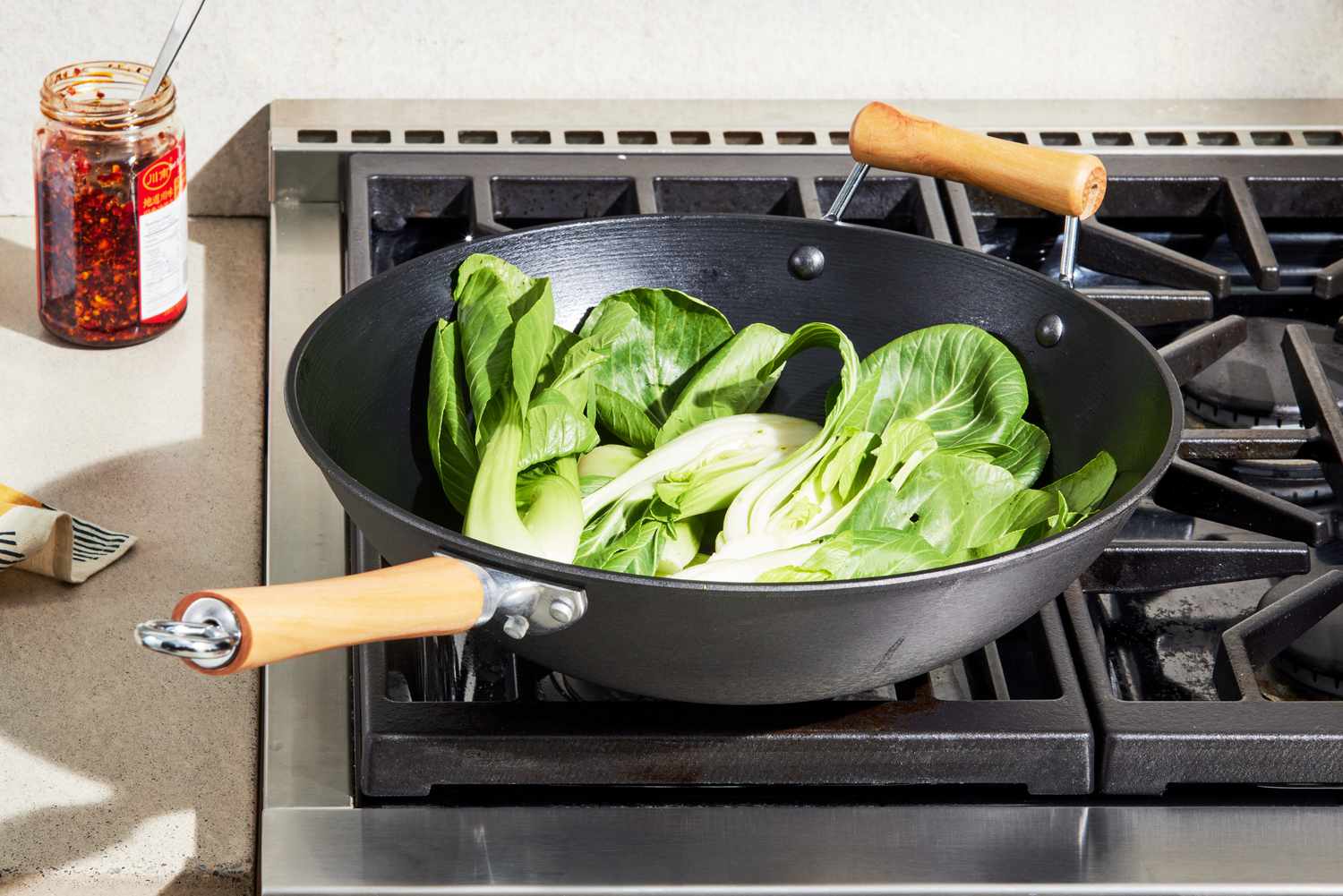Electroporation, a technique using electric pulses to create tiny pores in cell membranes, has revolutionized food processing. This method enhances nutrient absorption, extends shelf life, and improves texture. By applying controlled electrical fields, electroporation allows for better infusion of flavors and preservation of food quality. It’s a game-changer for both home cooks and professional chefs, offering a way to elevate dishes with minimal effort. Understanding the basics of electroporation can help you make healthier, tastier meals while reducing waste. Ready to dive into the science behind this innovative technique? Let’s explore how electroporation can transform your culinary creations.
Essential Ingredients for Electroporation Mastery
- Electric pulse generator
- Food items (meat, vegetables, fruits)
- Conducting solution (saltwater, sugar solution)
- Vacuum packaging materials
- Temperature-controlled environment
- Safety equipment (gloves, goggles)
- pH meter
- Conductivity meter
Necessary Tools for Electroporation Success
Tools Needed for Mastering the Techniques of Electroporation in Food
- Electroporator: A device that applies electrical fields to cells.
- Cuvettes: Small containers to hold samples during electroporation.
- Pipettes: Instruments for transferring small volumes of liquid.
- Sterile Gloves: To maintain a clean environment.
- Safety Goggles: Protects eyes from potential splashes.
- Microcentrifuge Tubes: For holding and mixing samples.
- Buffer Solutions: Maintain the pH and ionic strength of samples.
- Ice Bath: Keeps samples cool during preparation.
- Incubator: Maintains optimal temperature for cell recovery.
- Sterile Water: Used for rinsing and diluting samples.
- Timer: Ensures precise timing of electrical pulses.
- Notebook: For recording observations and results.
- Lab Coat: Protects clothing and skin from spills.
- Waste Disposal Containers: For safe disposal of used materials.
Electroporation in culinary arts involves using electrical pulses to create pores in food cell membranes. This technique enhances marination, flavor infusion, and can improve texture in various foods.
The Importance of Mastering Electroporation Techniques
Electroporation involves using electrical pulses to create temporary pores in cell membranes. This technique helps introduce substances like flavors, nutrients, or preservatives into food. It enhances food quality by improving texture, taste, and shelf life. Additionally, it can reduce the need for chemical additives, making food healthier.
Your Step-by-Step Electroporation Guide
Mastering the Techniques of Electroporation in Food
Step-by-Step Guide
-
Preparation of Food Samples
- Select Fresh Ingredients: Choose high-quality, fresh produce or meat.
- Clean Thoroughly: Wash all food items to remove dirt and contaminants.
- Cut into Uniform Pieces: Ensure even sizes for consistent electroporation.
-
Preparation of Electroporation Solution
- Choose Appropriate Buffer: Use a buffer solution like phosphate-buffered saline (PBS).
- Maintain Sterility: Ensure all solutions and containers are sterile to prevent contamination.
- Adjust pH: Ensure the buffer solution has the correct pH for optimal electroporation.
-
Setting Up the Electroporator
- Select Electroporation Device: Choose a device suitable for the type of food being processed.
- Calibrate Equipment: Ensure the electroporator is properly calibrated for accurate results.
- Set Voltage and Pulse Duration: Adjust settings based on the food type and desired outcome.
-
Loading Food Samples
- Place Food in Cuvettes: Use sterile cuvettes to hold the food samples.
- Add Electroporation Solution: Pour the prepared buffer solution into the cuvettes.
- Ensure Proper Contact: Make sure the food pieces are fully submerged in the solution.
-
Electroporation Process
- Insert Cuvettes into Electroporator: Place the cuvettes in the designated slots.
- Apply Electric Pulses: Activate the device to deliver the electric pulses.
- Monitor the Process: Keep an eye on the process to ensure proper electroporation.
-
Post-Electroporation Handling
- Remove Cuvettes Carefully: Take out the cuvettes without spilling the solution.
- Transfer Food Samples: Move the electroporated food to a sterile container.
- Rinse if Necessary: Rinse the food samples with sterile water to remove excess buffer.
-
Storage and Further Processing
- Store Appropriately: Place the electroporated food in a refrigerator or freezer if not used immediately.
- Label Clearly: Mark containers with the date and type of electroporation performed.
- Plan Further Processing: Decide on the next steps, such as cooking or additional treatments.
-
Cleaning and Maintenance
- Clean Equipment: Thoroughly clean the electroporator and all accessories.
- Sterilize Cuvettes: Sterilize cuvettes and other reusable items.
- Check for Wear and Tear: Inspect equipment for any damage or wear.
-
Safety Precautions
- Wear Protective Gear: Use gloves, goggles, and lab coats to protect yourself.
- Handle Electricity Safely: Follow all safety guidelines for using electrical equipment.
- Dispose of Waste Properly: Dispose of any waste materials according to safety protocols.
Mastering Electroporation: Your Culinary Adventure Awaits
Electroporation isn't just a fancy term tossed around in food science labs; it's a gateway to elevating your culinary creations to new heights. By understanding and applying this technique, you unlock flavors and textures in ingredients that were previously unimaginable. Whether you're a professional chef or a home cooking enthusiast, integrating electroporation into your kitchen repertoire can transform ordinary dishes into extraordinary experiences. Remember, practice makes perfect. Start with simple recipes, experiment with different settings and ingredients, and don't be afraid to make mistakes—they're just stepping stones on your journey to mastery. So, grab your electroporator and let your culinary adventure begin. Who knows what delicious discoveries await?
Electroporation Essentials: Your Questions Answered
What is electroporation in food?
Electroporation is a technique where short bursts of electrical pulses create tiny holes in cell membranes. This helps improve the texture, flavor, and shelf life of food.
How does electroporation improve food quality?
By creating small pores in the cells, electroporation allows better absorption of marinades, seasonings, and preservatives. This results in more flavorful and tender food.
Is electroporation safe for food processing?
Yes, electroporation is safe. The electrical pulses used are controlled and do not harm the food. It’s a method approved by food safety authorities.
Can I use electroporation at home?
Electroporation typically requires specialized equipment not commonly found in home kitchens. It’s mainly used in industrial food processing.
What types of food benefit most from electroporation?
Meats, fruits, and vegetables benefit greatly. Electroporation helps in tenderizing meat, enhancing fruit flavors, and preserving vegetables.
Does electroporation affect the nutritional value of food?
No, electroporation does not negatively impact the nutritional value. In fact, it can help retain more nutrients by reducing the need for high-temperature cooking methods.
How does electroporation compare to traditional food processing methods?
Electroporation is more efficient and can produce better results in terms of texture and flavor. Traditional methods like marinating or brining take longer and may not penetrate as deeply into the food.










